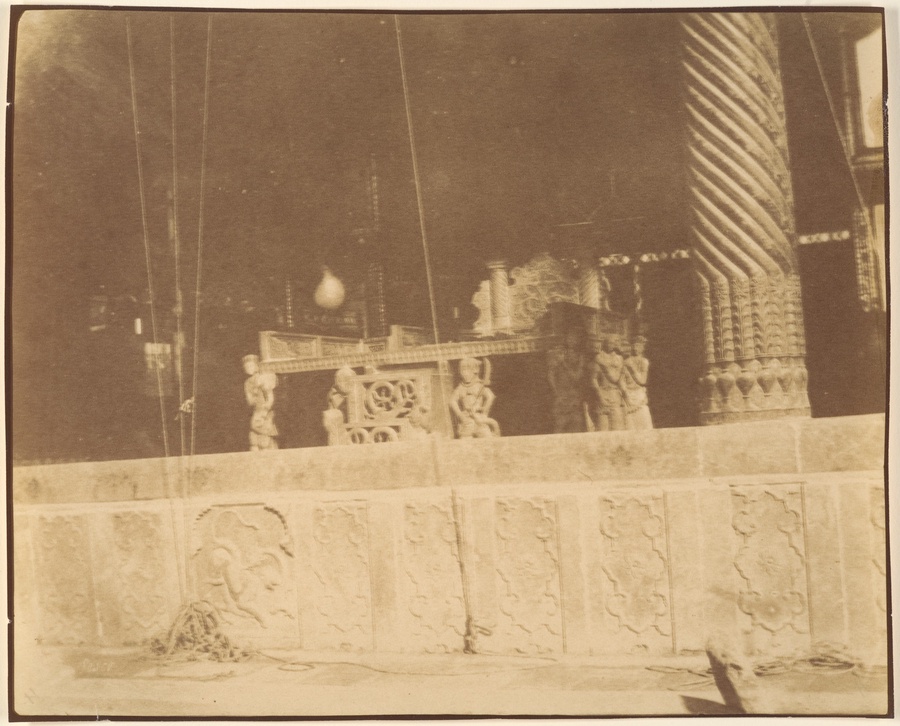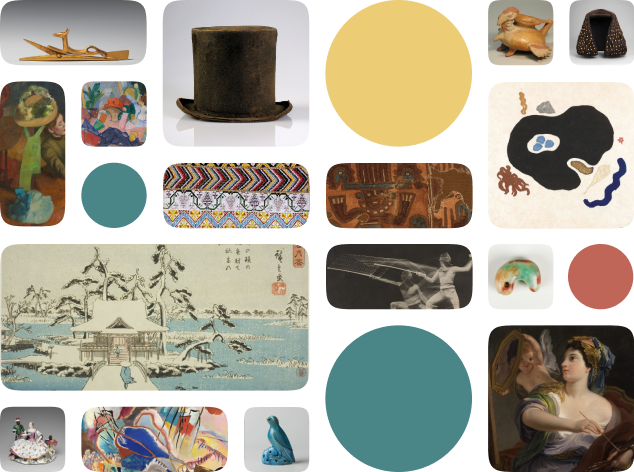[Golestan Palace, Teheran, Iran] (Takht-i Marmor)
About the work
Takht-e Marmar (Persian:تخت مرمر ) is a 250-year-old royal throne in Golestan Palace, Tehran, Iran. The throne was built from 1747 to 1751. It was designed by Mirza Baba Shirazi Naqqash Bashi (head painter of the Qajar court), and royal stonecutter, Mohammad Ebrahim Esfahani oversaw the construction. It consists of sixty-five marble stone pieces from a mine in Yazd. The throne’s supports are carved in the shape of men, women, fairies, and demons.
In his book, “The History of Buildings in the Royal Citadel of Tehran”, Yahya Zoka describes the construction of this Takht: “As it was impossible to carry Tavus and Naderi Takhts, this Takht was made, modeled after Solomon the Prophet’s Takht who was the king of the Jews and was in possession of great power. [thus], as Fat′h-Ali Shah [Qajar] was compared to him as for his wealth and power, this throne was named Solomon’s Takht after the original throne of Solomon which is said to have been carried in the sky and flown by genies and fairies, and would land to the wish of Solomon. After the throne was put in terrace, the terrace was given the name Takht-e Marmar (Marble Throne)”.
[Golestan Palace, Teheran, Iran] (Takht-i Marmor) is available in the public domain via Creative Commons No Copyright .
"[Golestan Palace, Teheran, Iran] (Takht-i Marmor)" by Luigi Pesce is licensed under CC-CC0 1.0. To view a copy of this license, visit https://creativecommons.org/licenses/CC0/1.0/. | Source: Metropolitan Museum of Art
Is something missing?
Help us to improve our content.

